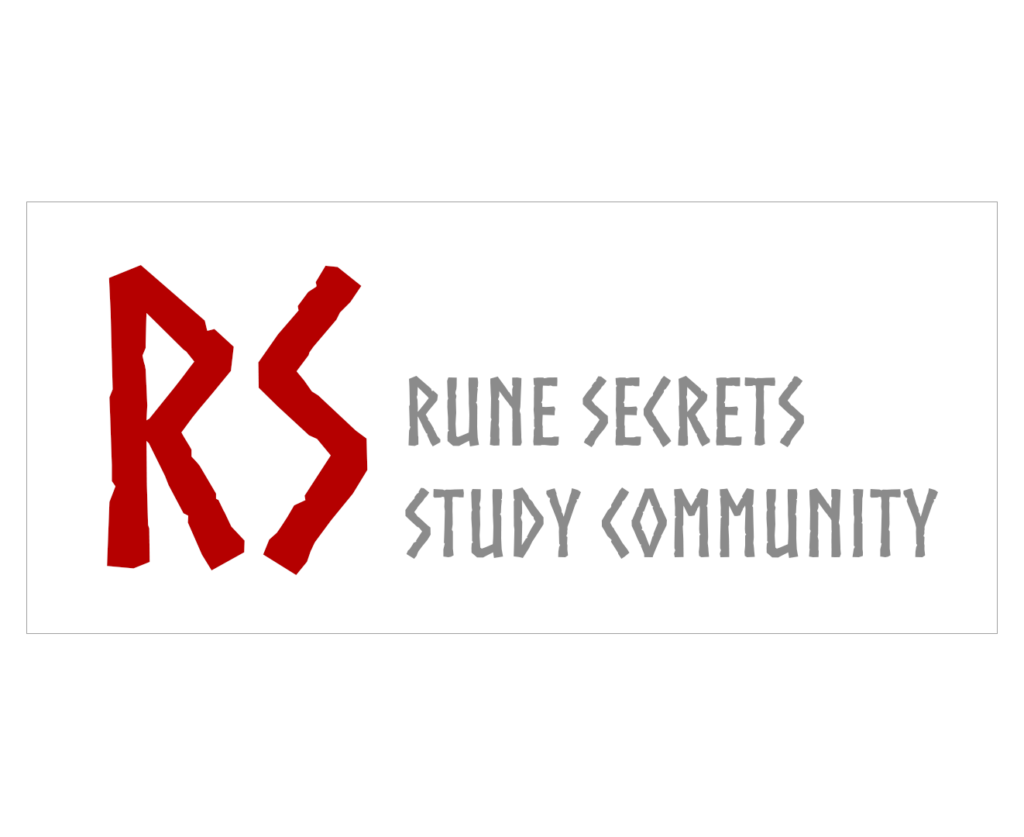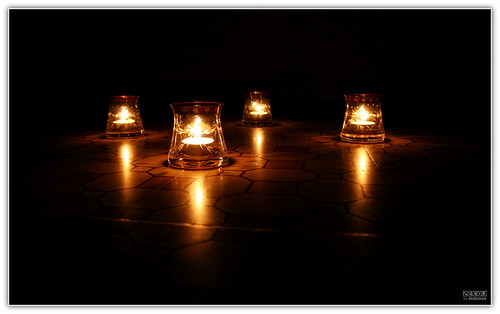An excerpt from the Book of Rune Secrets (on Amazon)
How do we interpret the runes?
The answer is: Don’t be overly focused on the rune itself — it is what the symbol points to in our lives that needs the most attention. The majority of the confusion I see emerges from a purely conceptual analysis of the symbol and its associations. This results in esoteric language that limits discussion and encourages debate over details. In Zen Buddhism, they call this ‘a finger pointing at the moon’, because it is like analyzing the finger when the moon is the subject. Each rune is a finger, pointing to a principle, a law, a force, or an energy in the universe.
The runes are an early form of western psychology concerned with introspection, contemplation and meditation. They can be used as an oracle, like the Tarot or I-Ching, or further developed into alchemy. They present a system by which we can organize our innermost thoughts in order to become more powerful individuals. The process of individuation or self-actualization — of ‘becoming’ — is beautifully enhanced by the study of rune meanings, because through the runes we study ourselves. From all this emerges the tangible feeling of magic.
Although many have wondered in amazement at the divinatory aspects of the runes there are much more powerful approaches. One of those practices is a form of alchemy, that I have used myself for many years. It was powerful enough to reorganize the structure of my mind to cope with the devastating consequences of several traumatic incidences. I have emerged stronger than ever, and the runes are integral to all of that.
Divination is something that may have got you interested in the runes to begin with, but there is a great deal of popular literature on the subject, so I will not be focusing on divination. Instead, I will focus on alchemy. Alchemy is the process of understanding both the positive and negative aspects of each rune, and transmuting our unconscious weaknesses and unrealized powers into conscious and enlightened states.
Along with this shift I will guide you on an advanced journey through each rune meaning. This by no means suggests you should quit your current practices, but this book will, if successful, lead you to more powerful and fulfilling method, customized to your needs.
Rune Divination and Prophecy
The reason we try to tell the future with the runes is because we sense intuitively that the runes have something to do with the future. I will demonstrate that the runes contain a prophecy of individual and collective enlightenment, and can even tell us the story of how to bring it about. If all goes well, you can stop guessing at your future, take it into your hands and shape it however you wish.
You will notice there will be no ‘mundane’ interpretations in this volume, and nothing that will directly help you in divination as you may be used to thinking of it. However, you will benefit tremendously as I discuss how the runes might be used to understand and tap into the energy and principles of the world in a direct way. The purpose of each of these rune meanings is to guide you on a profound journey into yourself and your universe.
I try to delve into the fundamental essence of each rune, rather than present a loose and disconnected set of keywords and associations. I want to reveal the core energy that radiates outward into all its aspects, psychological, spiritual, magical and mundane. I want to show clearly how each rune differs from all other runes. Each rune connects to the totality of the other runes, and yet represents a distinct principle, power or energy. Together, the runes reveal a map of the cosmic laws, a formula of the metaphysical.
I was brought up by scholars, and I have a deep respect for academic research. Archaeology, anthropology and history are profound subjects, and many have taken this approach to the runes. We must continually bear in mind that the responsible archaeologist will insist that there is virtually nothing that remains of the culture that used the Elder Futhark runes. When it comes down to it, we can only imagine and contemplate — and that is precisely what I want to help you do.
But we do have the science of today to help us recreate our rune system. Psychology, sociology, ecology, evolutionary biology, memetics, semiotics, western and eastern philosophy — all of this can be drawn upon. The runes talk about the same phenomena, with their idiosyncratic metaphors, that all other pursuits of knowledge and wisdom are interested in — using different symbols and different methods, but all pointed toward the same universal truths.
Our intuition has been telling us that these enigmatic rune symbols can be used to uncover hidden factors and unknown rules governing our fate. They seem to let us peer into our present situation and sometimes help us glimpse the future, allowing us, perhaps, to take it into our own hands.
This is not an illusion. But it goes deeper — the runes are used in a very powerful technique, a form of alchemy, a way of using symbols and concepts to reconfigure our minds so that we can bring truth and magic fully into the center of our day to day lives. Alchemy is just that — transmuting the raw material of the unconscious into the brilliant gold of consciousness. With alchemy we transmute the mundane into the sacred, and free ourselves from the day to day habits that fetter our lives and impede us from living the fullest life possible. We can descend to our darkest, murkiest depths and rekindle the fires that make us shine.
Just as mathematicians and physicists use symbols to represent laws, principles and energies, the runes represent such things in the psycho-spiritual or metaphysical domain. We may not consider what we’re doing a hard science, but we still want to observe correctly and produce results. Therefore, we are primarily interested in identifying real phenomena. Each rune points, through its metaphors, to something real in our existence.


